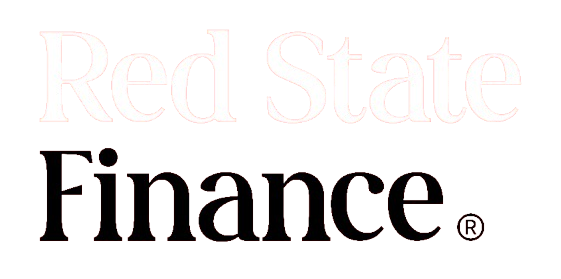Rethinking Retirement Withdrawals: Let the Economy Guide Your Strategy
The New Paradigm of Retirement Spending
As we navigate the complexities of retirement planning, a fresh perspective is emerging: your withdrawal strategy should be closely aligned with economic conditions. Recent studies suggest that retirees may need to rethink their approach to drawing from retirement accounts, taking cues from broader economic trends rather then relying solely on fixed withdrawal rates.
Understanding the Economic Landscape
The economy is a dynamic entity, influenced by various factors such as inflation rates, market performance, and interest rates. As a notable example, in 2024 alone, inflation has fluctuated substantially—hovering around 4%—which can drastically impact purchasing power for retirees. This means that what worked for previous generations might not hold up today.
Retirees are often advised to follow the ”4% rule,” which suggests withdrawing 4% of your retirement savings annually. Though, this one-size-fits-all approach may not be enduring in an unpredictable economic climate. Rather of sticking rigidly to this guideline regardless of external conditions, it’s time to adopt a more flexible strategy.
Tailoring Withdrawals Based on Market Conditions
Imagine you’re navigating through choppy waters; adjusting your sails based on wind direction can make all the difference between smooth sailing and capsizing. Similarly, retirees should consider modifying their withdrawal amounts based on current market performance and personal financial needs.
Such as:
- Bull markets: In times when stock markets are thriving and investment portfolios are growing robustly (think S&P 500 hitting record highs), it might be wise to withdraw slightly more than usual without jeopardizing long-term sustainability.
- Bear Markets: Conversely, during downturns when investments take a hit (like those seen in early 2020), reducing withdrawals could help preserve capital for future recovery phases.
This adaptive approach allows retirees not only to safeguard their nest eggs but also potentially enhance their quality of life during prosperous times while being prudent during leaner periods.
The Role of Inflation in Withdrawal Strategies
Inflation isn’t just an abstract concept; it directly affects how far your money stretches over time. With rising costs impacting everything from groceries to healthcare services—retirees must account for these changes when planning withdrawals.
A recent report indicated that nearly two-thirds of Americans aged 50+ express concern about outliving their savings due primarily to inflationary pressures. To combat this risk effectively:
Adjust Withdrawals Annually: Consider increasing your withdrawal amount each year by at least the rate of inflation.
Diversify Income Sources: Explore additional income streams such as part-time work or rental properties that can provide extra cash flow without depleting retirement accounts too quickly.
By incorporating these strategies into your financial plan, you’ll create a buffer against rising costs while ensuring longevity in your portfolio’s lifespan.
Embracing Technology for Better Decision-Making
In today’s digital age, technology offers tools that can simplify complex financial decisions related to retirement spending. Financial apps and robo-advisors now provide real-time data analytics regarding market trends and personal finance management—all at our fingertips!
Utilizing these resources enables retirees not only to track investments but also receive tailored advice based on current economic indicators—a game-changer for those looking at optimizing withdrawals strategically rather than reactively.
Conclusion: A Flexible Future Awaits
As we move forward into an uncertain economic landscape marked by volatility yet rich with prospect—the key takeaway is clear: flexibility is paramount when it comes down to managing retirement funds effectively! By aligning withdrawal strategies with prevailing market conditions while considering factors like inflation—you’ll position yourself better financially throughout those golden years ahead!
So next time you contemplate how much cash flow you need from those hard-earned investments? Remember—it’s all about adapting wisely!





